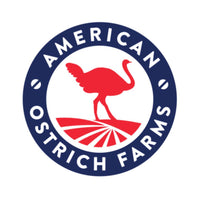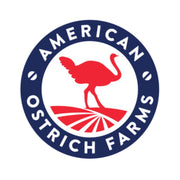WHAT IS SOUS VIDE?
Wondering what sous vide is and what makes this method of cooking unique? We’re here to tell you!
At the core, sous vide cooking is a 'low and slow' method where ingredients - especially meat and vegetables - are placed in a vacuum-sealed container (usually a sturdy plastic bag), which is then placed in a temperature-regulated water bath for several hours. By setting the temperature of the water bath to the desired temperature of the finished food, overcooking is eliminated and even very uneven cuts of meat can be cooked so that the target level of doneness is achieved through and through. Because the food itself is separated from the cooking environment (as opposed to being exposed to the direct heat of a pan or being placed directly into boiling water), it retains its flavor, aroma, moisture, texture, and nutritional value.
WHERE DID SOUS VIDE COME FROM?
Sous Vide cooking originated in the 1970s thanks, in part, to the French chef Bruno Goussault. Goussault's original goal was to find out how to improve the tenderness of roast beef, an otherwise tough cut of meat. His mission ultimately led him to marry the existing idea of "low temperature, long time" cooking, with the process of vacuum-sealing ingredients in plastic or glass, before immersing them in a temperature-regulated water bath, and then allowing them to cook over an extended period of time. The result of his experiments yielded perfectly cooked, extremely tender, and highly flavorful meat.
Since its appearance in the 1970s, top chefs all around the world have adopted the sous vide cooking method, which is French for “under vacuum.” Not only did chefs realize the new cooking method was easier, allowing them to focus on other things, they also realized it made even tough or gamey cuts melt, and resulted in more flavorful meals. Initially common primarily in restaurants, where sous vide made it possible to cook large quantities of food consistently and efficiently, the market now offers plenty of products designed to give home cooks access to the benefits of sous vide.
IS SOUS VIDE MEAT BETTER FOR YOU?

Along with allowing otherwise tough cuts to melt in your mouth, there’s also a nutritional side of why sous vide is such a great alternative to cooking on the stove or grill. Cooking at higher temperatures can denature nutrients and eliminate healthy fats. By controlling the temperature with absolute precision, it is possible to cook meat properly while retaining all of its nutritional value.
CAN YOU USE ZIP SEAL BAGS FOR SOUSE VIDE?

While there are vacuum-seal bags sold specifically for use in sous vide cooking, most high-end, name brand resealable food storage bags, like ZipLoc and Glad, are acceptable. The important thing is to choose bags that are sturdy and made from food-safe, non-toxic plastics, such as polyethylene, which don't break down or leach chemicals at the sub-boiling temperatures used in sous vide cooking.
Some companies, including American Ostrich Farms, sell their products in sous vide ready packaging. Our durable, food safe meat packaging, inclusive of the labels, can be placed directly into your sous vide. For the best result, we recommend seasoning your meat after removing it from the sous vide water bath and then giving it a quick sear.
WHAT ARE THE BENEFITS OF COOKING WITH SOUS VIDE?
The low and slow sous vide method of cooking is a “hands-free” way to prepare meat that doesn’t jeopardize its size, quality, or nutritional value. It eliminates overcooking and uneven cooking, and delivers extremely tender, flavorful results. With sous vide, you’re able to bring your meat up to the desired temperature and know for certain that every bite will be pure perfection while maintaining the nutrition you want with no under or overcooked areas.
WHAT CAN YOU COOK IN A SOUS VIDE?

Not only does the sous vide method work for all meats, you can use it to prepare your vegetables, starches and even eggs. It’s the best way to cook vegetables in order for them to keep their vibrant colors and satisfying textures.
Ready to try it out for yourself? Check out this how-to video from our friend, Nancy, and learn how to make a perfectly medium rare sous vide ostrich steak.






